Image of the Day Archives

For older Image of the Day pictures, please visit the Image of the Day archives. Pictured: NGC 2467.
Everybody Walk the Dinosaur

Friday, May 1, 2015: Astrophotographer Manish Mamtani provided a number of shots he took in Borrego Springs, California (south of Palm Springs), during the weekend of April 17-19, 2015. Here, dinosaur sculptures of Ricardo Breceda stand under the night sky. Mamtani writes in an email message to Space.com: “It is fun to [view] these sculptures in the day but during the night, with the Milky Way, they become even more beautiful.”
— Tom Chao
Finland Has It All
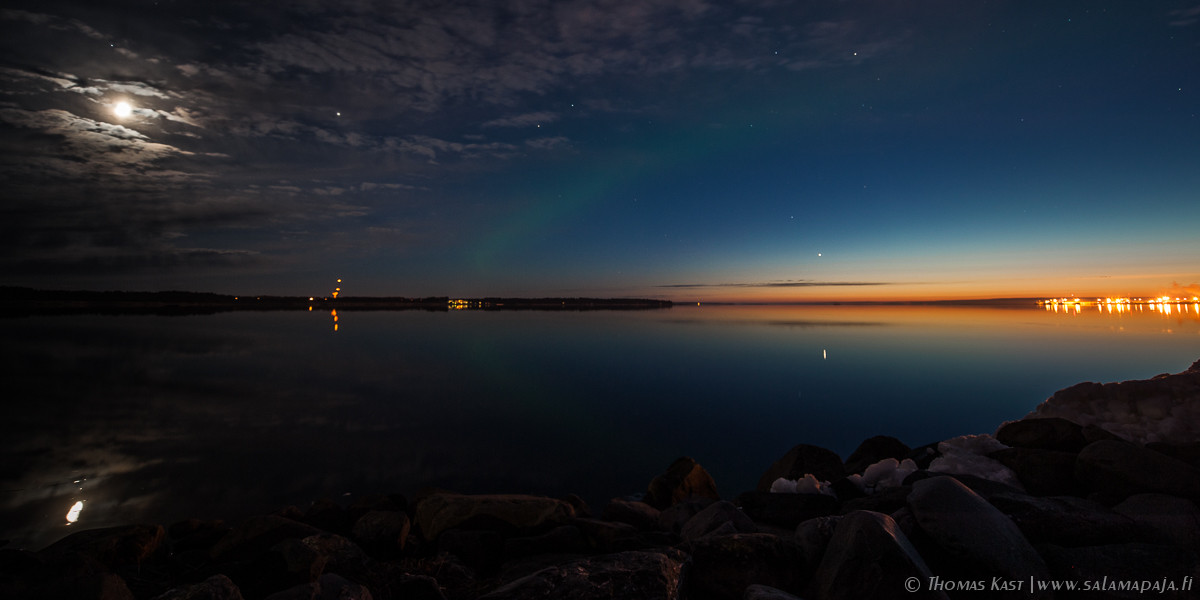
Monday, May 4, 2015: Astrophotographer Thomas Kast sent in a photo of an aurora, twilight and stars, seen in Vihiluoto, Finland, on April 28, 2015. He writes in an email to Space.com: "I just came back from most likely seeing the last auroras of the season here in Finland. With bright summer nights taking over, there was only a small window of opportunity tonight to catch some auroras…. As you see in the photo, the aurora not only had to fight against the twilight but also the city lights of Oulu on the right and the bright moon to its left…. It was amazing to see such a sky show late in April, just before the bright nights. For two more days auroras can theoretically be seen here."
— Tom Chao
Dark Cloud
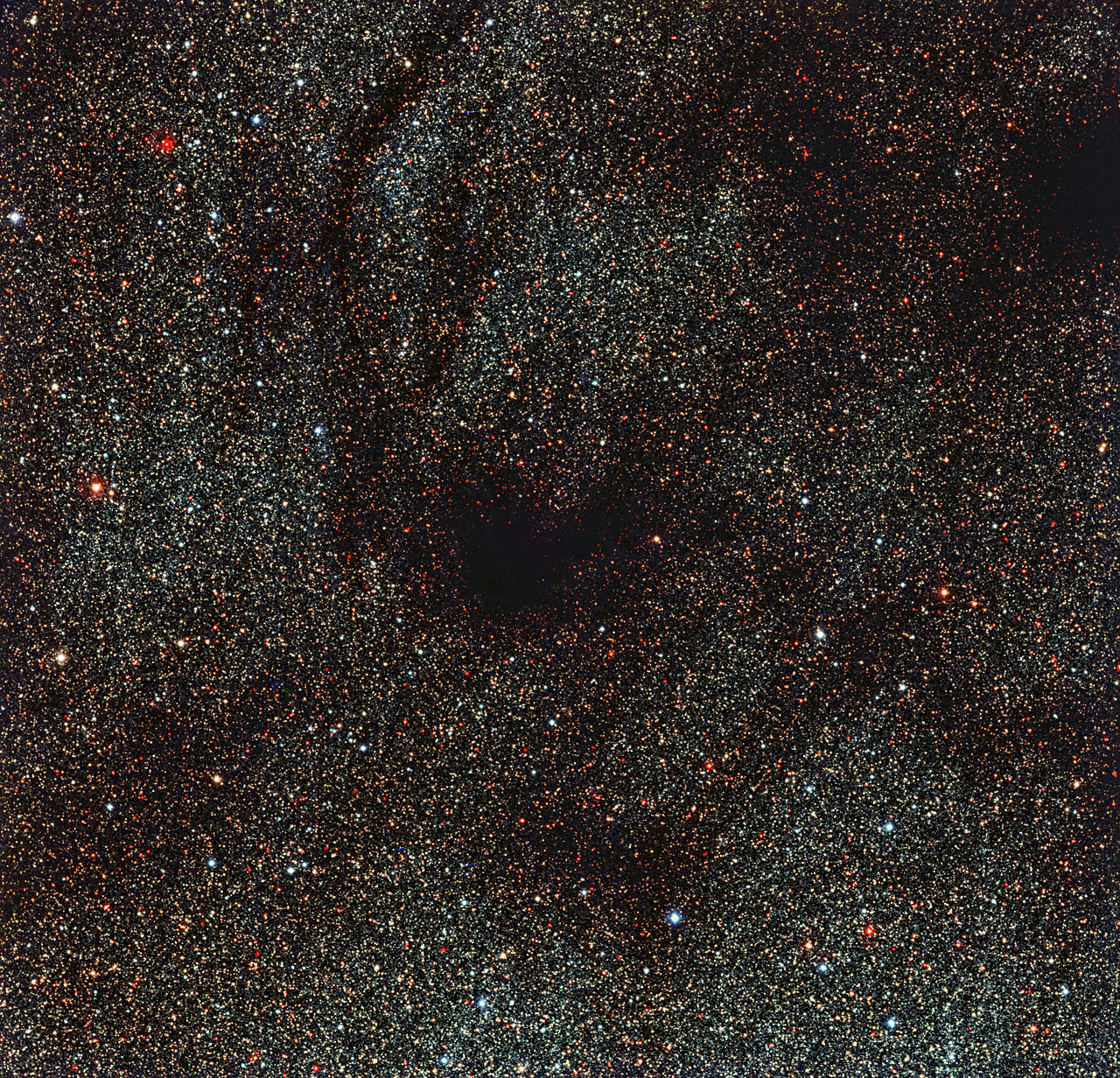
Tuesday, May 5, 2015: A dark spot with trailing "tentacles" in the center of this image of space does not represent an empty place in the cosmos, but rather a blotch of thick dust between us and the stars behind it. The dust is part of a dark molecular cloud called LDN1774, a cold and dense area of dust and molecular gas. The origin of these clouds remains a mystery. Image released May 4, 2015.
— Tom Chao
Clear View
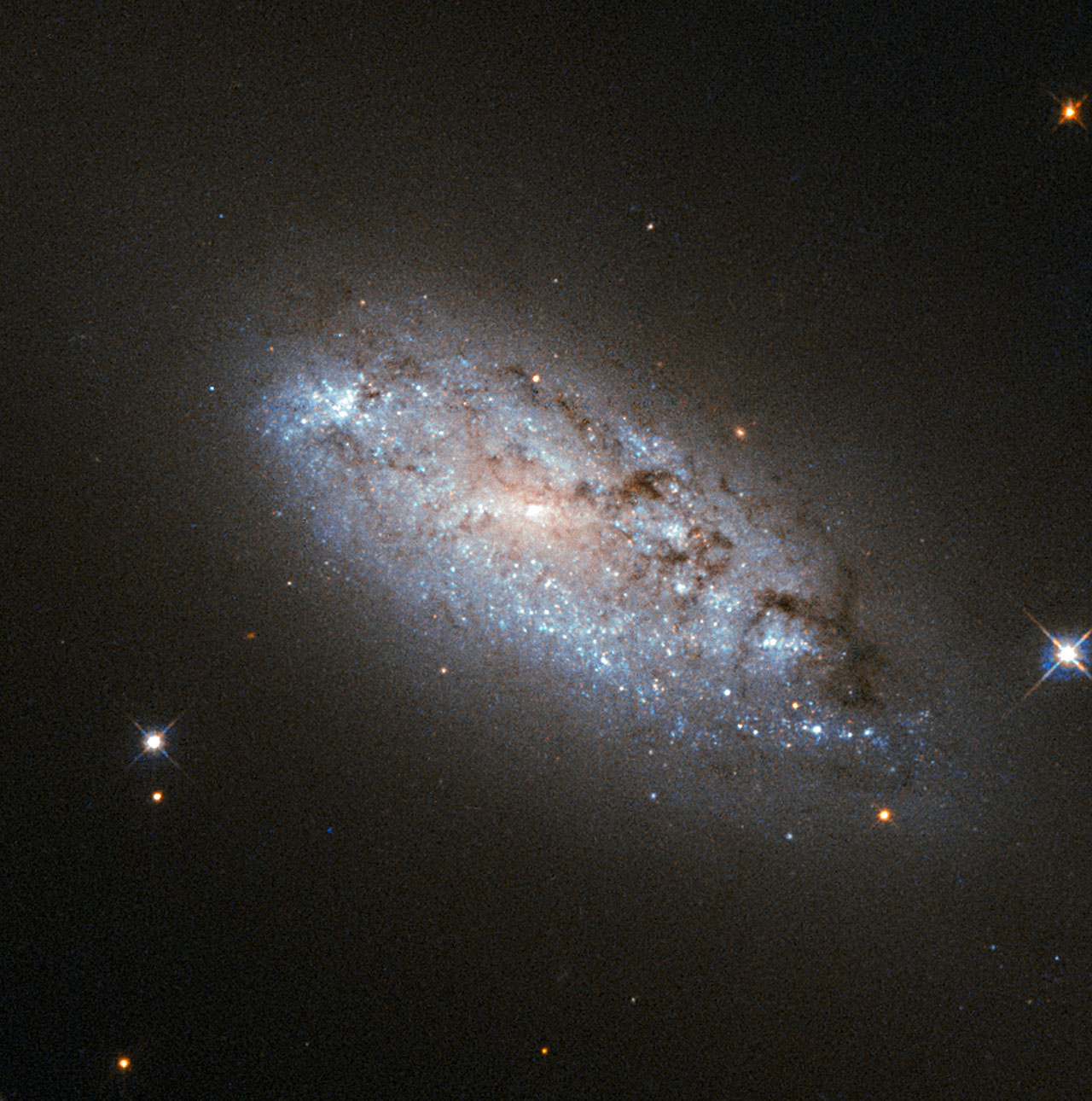
Wednesday, May 6, 2015: Galaxy NGC 949 lies over 30 million light-years away in the constellation of Triangulum. Hubble Space Telescope’s Advanced Camera for Surveys produced the clearest ever view of the galaxy shown here. NGC 949’s unusual shape makes it hard to classify but it is likely a spiral galaxy. Image released May 4, 2015.
— Tom Chao
Reflect the Sky
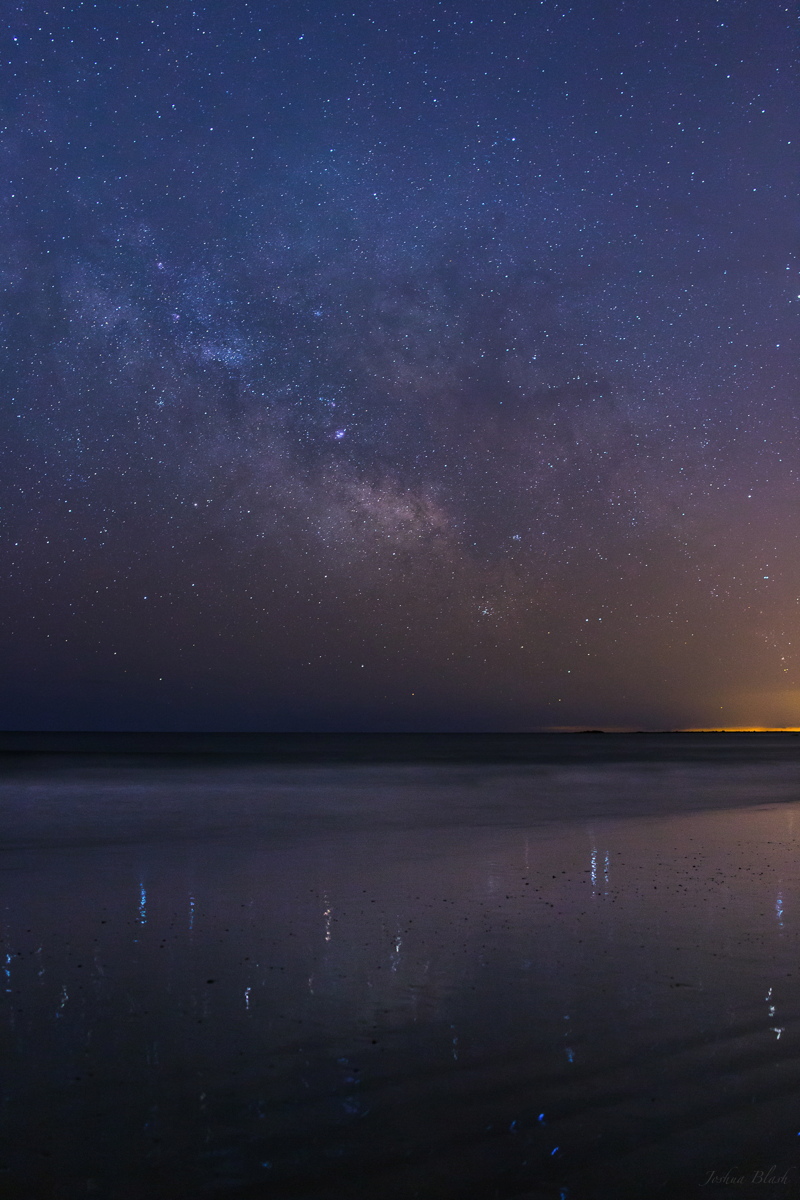
Thursday, May 7, 2015: Astrophotographer Joshua Blash sent in a photo of the Milky Way rising over Rye Beach, New Hampshire, on April 25, 2015. He writes in an email message to Space.com: “I headed out late Friday night to see what the sky looked like over at the beach. I was surprised to find that despite the low tide, the entire beach had a thin film of water on it, making for some pretty cool reflections.”
— Tom Chao
Extended Play
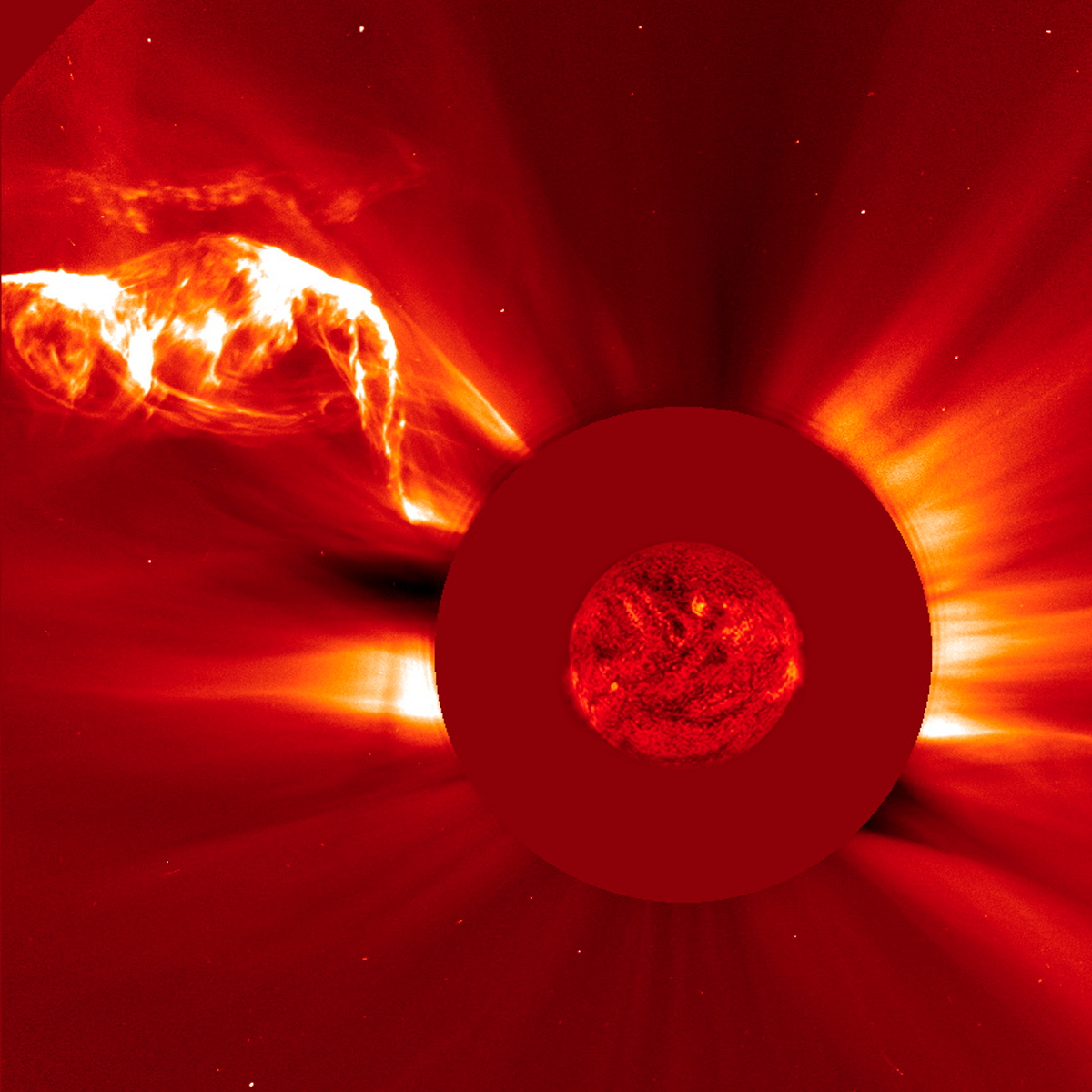
Friday, May 8, 2015: A lengthy solar filament extending almost half of the sun's visible hemisphere burst into space in a large burst of bright plasma on April 28-29, 2015. Filaments consist of unstable strands of plasma floating above the sun, propelled by magnetic forces. Solar astronomers around the world greeted this unusually large filament with excitement. The circle in the center of the image around the sun is produced by the Solar & Heliospheric Observatory’s occulting disk. Image released May 1, 2015.
— Tom Chao
Breaking space news, the latest updates on rocket launches, skywatching events and more!
Two for the Price of One
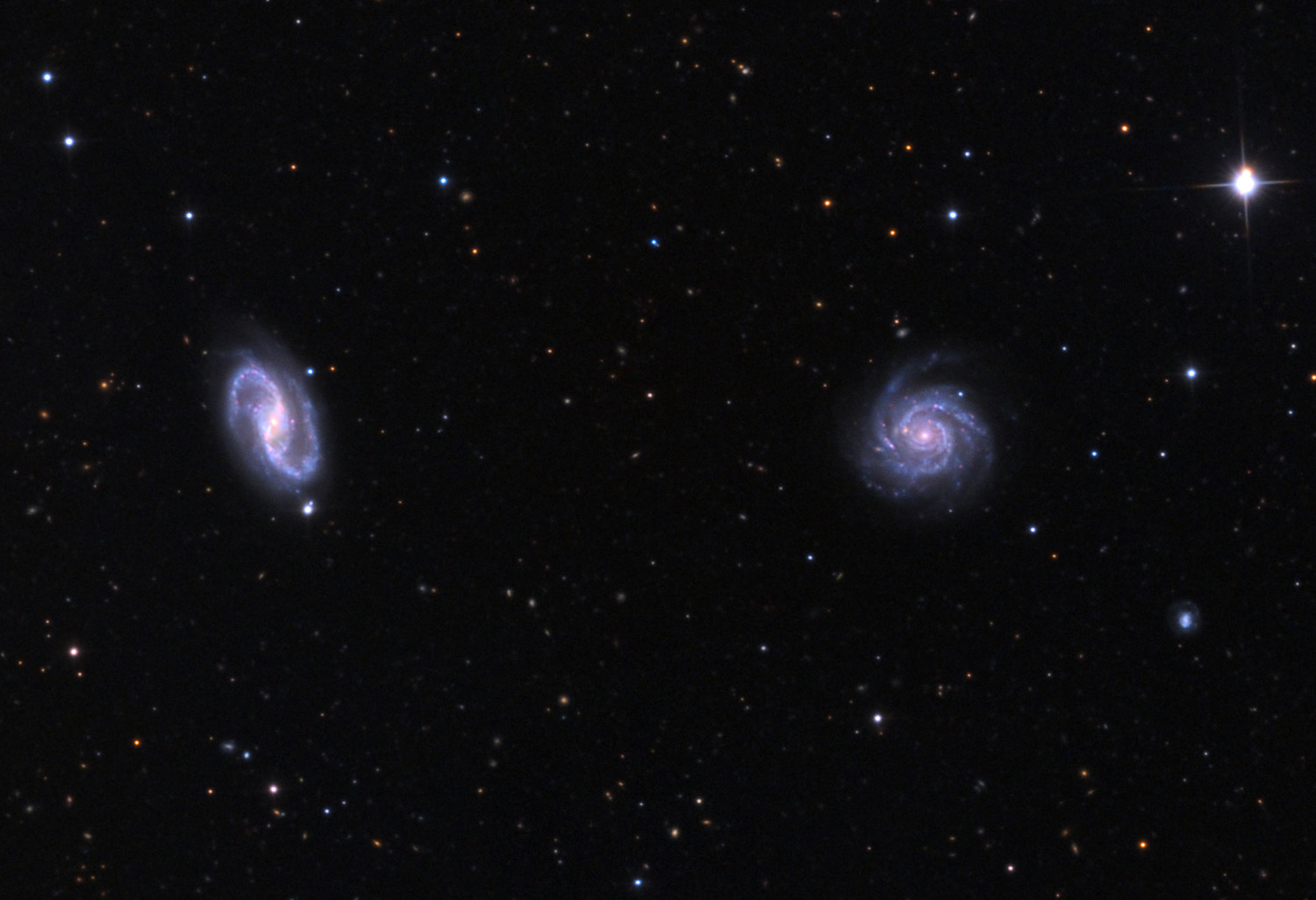
Monday, May 11, 2015: Adam Block with guest astronomer Gary Kukes produced this image of galaxy NGC 5149 at the Mount Lemmon SkyCenter of University of Arizona, located outside of Tucson. He writes: "NGC 5149 is the 'S' shaped spiral on the left of the image and the more regular spiral galaxy, NGC 5154, is to the right. This pair may have a separation not unlike (but probably closer) than the Milky Way to Andromeda galaxy distance. So from there they too would see us as a pair of spiral galaxies." Image released April 26, 2015.
— Tom Chao
Glow World
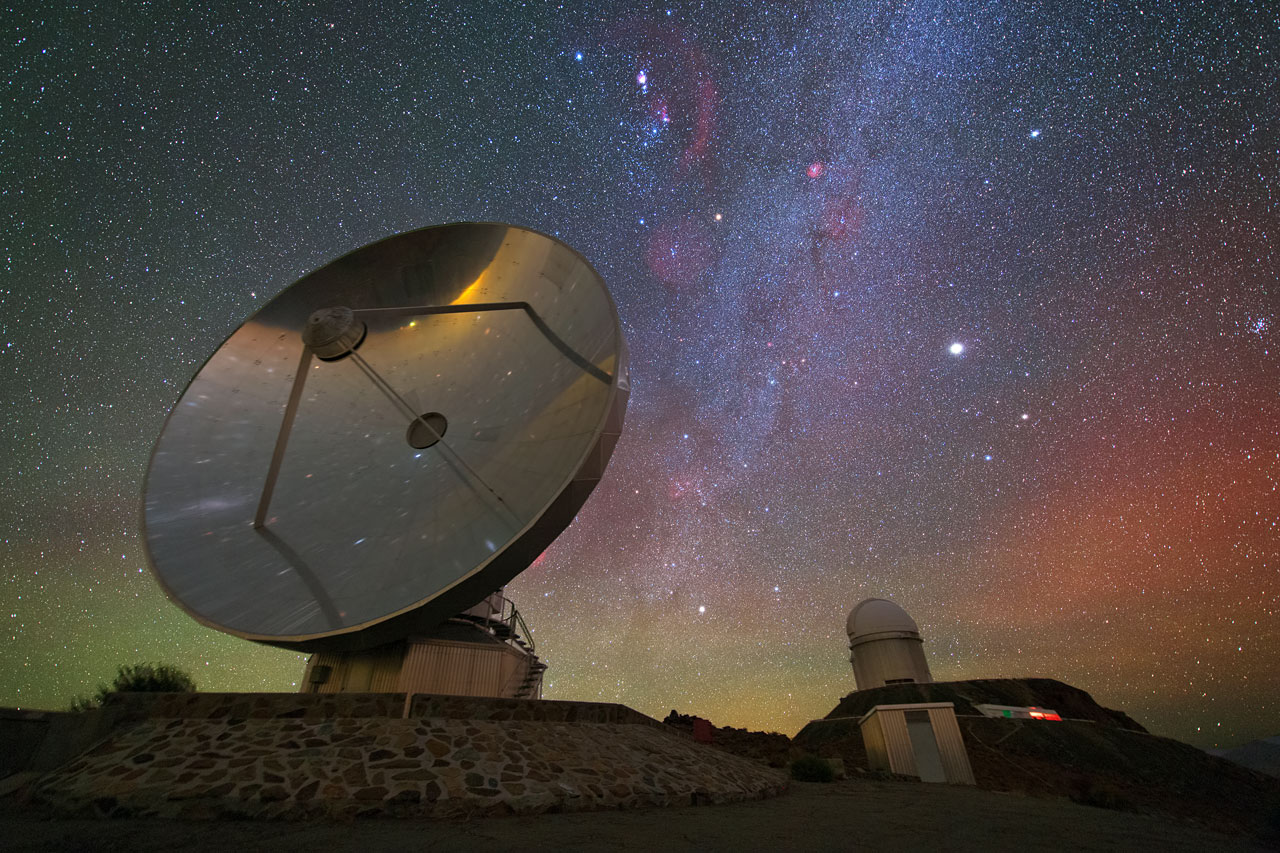
Tuesday, May 12, 2015: Red and greenish-yellow airglow colors a sky filled with the Milky Way over the La Silla Observatory of the European Southern Observatory in Chile. The Earth's atmosphere creates airglow, a dim light usually only seen from space or in very dark locations. Two telescopes are seen on the ground. The silver dish of the Swedish–ESO Submillimetre Telescope shines in the foreground while the ESO 3.6-metre telescope stands further away. Image released May 11, 2015.
— Tom Chao
Looking Through a Galaxy Onion
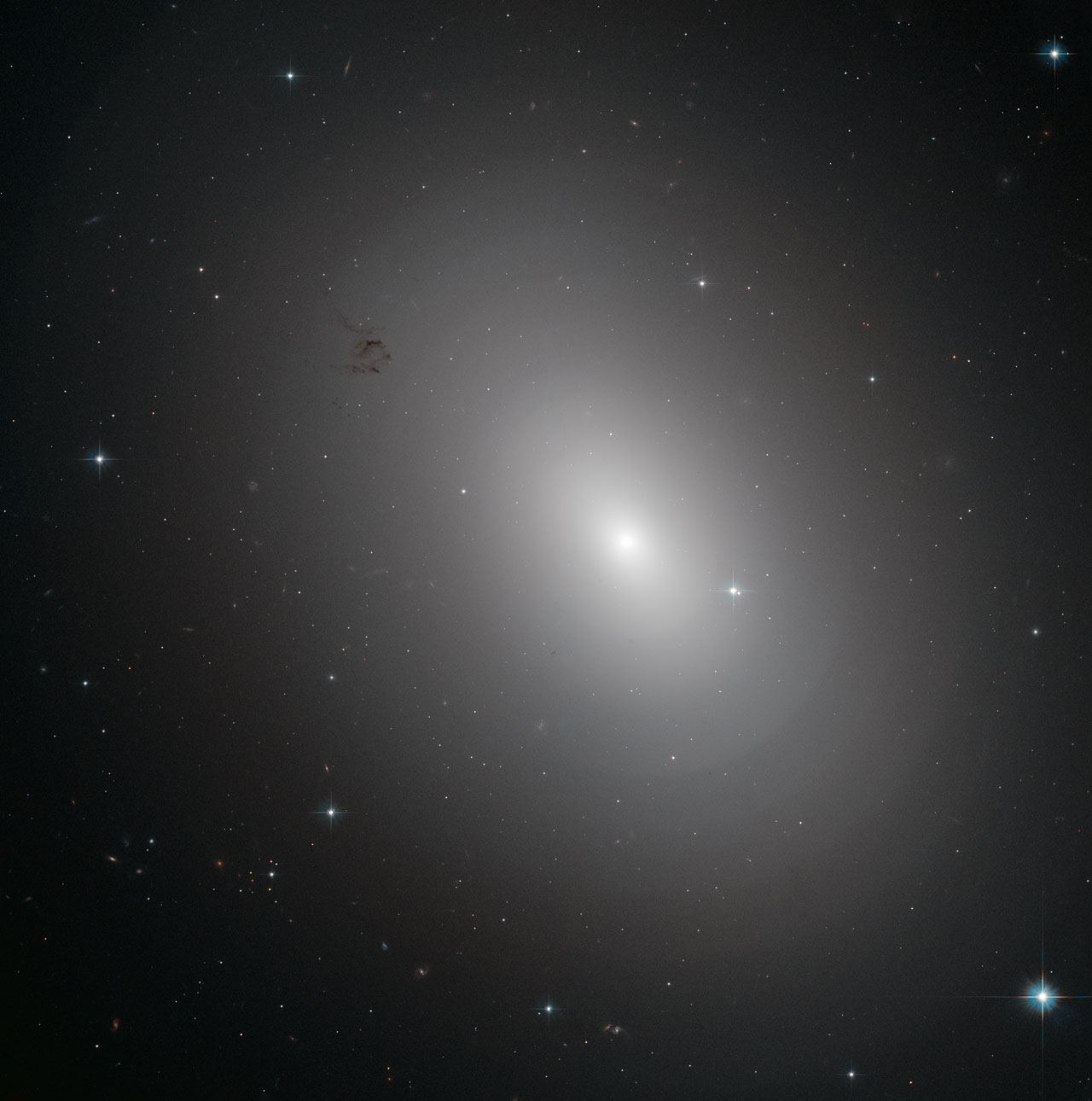
Wednesday, May 13, 2015: Elliptical galaxy NGC 3923 lies over 90 million light-years away in the constellation of Hydra. Researchers consider NGC 3923 a shell galaxy where the stars in its halo are arranged in layers. Concentric shells of stars enclosing a galaxy occur commonly in elliptical galaxies. One out of ten elliptical galaxies exhibits this onion-like structure, which astronomers have never observed in spiral galaxies.
— Tom Chao
Ceres Episode
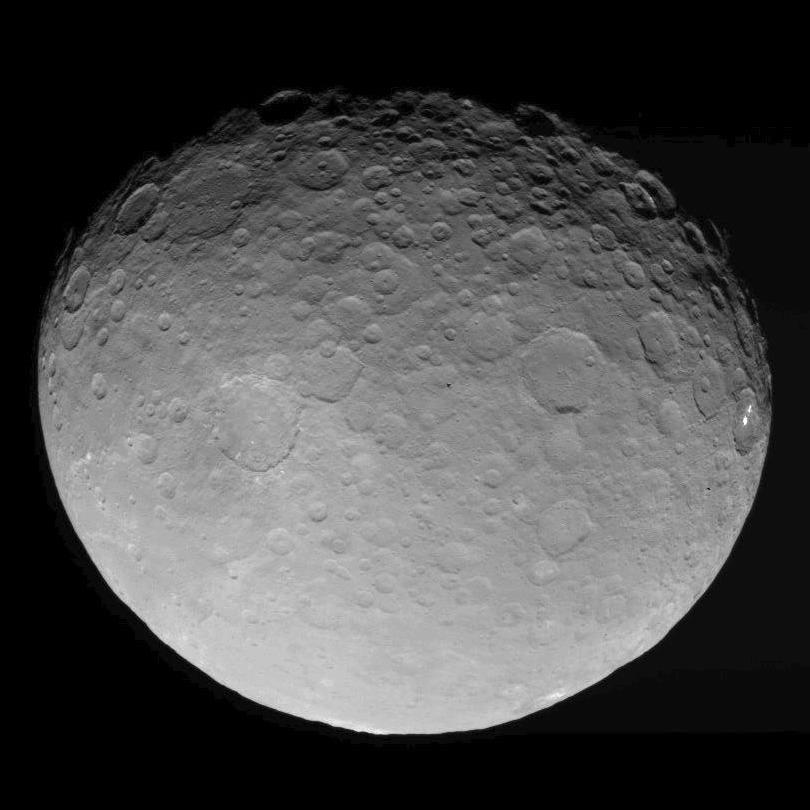
Thursday, May 14, 2015: NASA's Dawn spacecraft obtainted this image of dwarf planet Ceres on May 4, 2015, from a distance of 8,400 miles (13,600 km.). Dawn orbited the giant protoplanet Vesta in 2011-2012, before arriving at Ceres in March 2015. Image released May 12, 2015.
— Tom Chao
Join our Space Forums to keep talking space on the latest missions, night sky and more! And if you have a news tip, correction or comment, let us know at: community@space.com.

